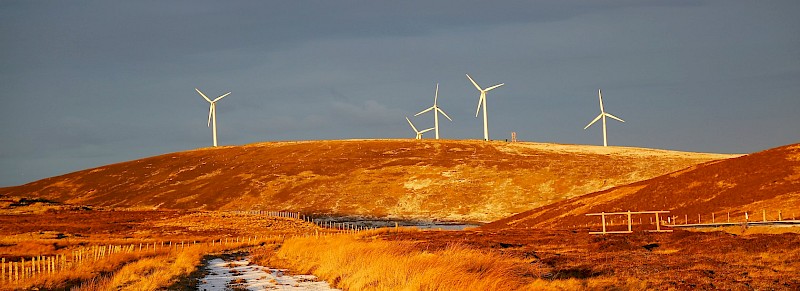Why
The pace of climate change requires urgent reductions in our burning of fossil fuels for energy to avoid a potentially devastating global temperature rise of +2ºC. Our governments have committed themselves to targets for clean energy production – our project would help them to meet those while bringing substantial financial benefits to Shetland.

Around the world sea levels are rising, landscapes are changing, and whole species are disappearing. The seas around Scotland have warmed by up to 1°C over the last 20 years. Warmer seas have prompted changes in the composition, abundance and distribution of a number of marine species, including plankton, fish, sea birds, whales, mammals, dolphins and porpoise.
Here in Shetland we are already experiencing the effects of climate change; changes to our marine environment have resulted in changes to our seabird populations, and more frequent severe weather incidents cause disruptions to normal services.
We cannot continue releasing carbon into the atmosphere. Not just because it contributes to the rise in temperature, but because our ever-increasing demand for energy is rapidly diminishing finite stocks.
Shetland has a world-class wind resource, and is well placed to help the UK and Scotland deliver on its targets.
As the most well-established and cost-effective source of renewable energy, onshore wind is expected to continue making an affordable, clean and significant contribution to the UK’s energy mix. Wind power is a proven technology, with more than 400,000 MW of capacity installed globally by the end of 2015, and is leading the way in the transition from fossil fuels.
By investing in renewable energy solutions Shetland has the opportunity to continue exporting energy to the wider world, diversifying our economy and creating opportunities for future generations.
